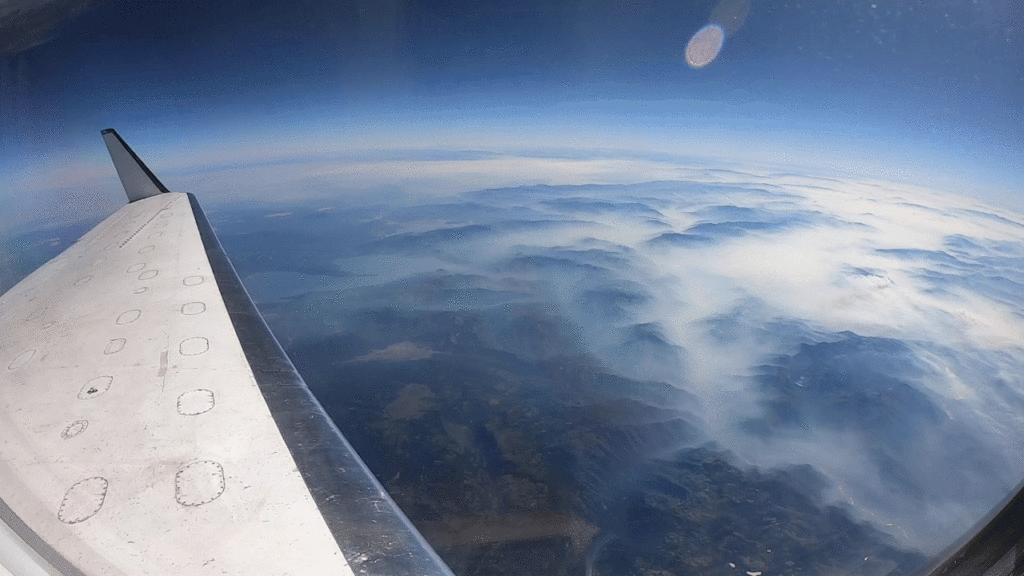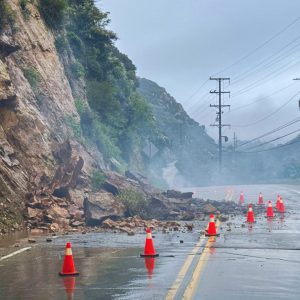 View Winners →
View Winners → 
A NASA aircraft equipped with Uninhabited Aerial Vehicle Synthetic Aperture Radar (UAVSAR) flew above California fires on Sept. 3 and 10 to examine the ground below. Image Credit: NASA/JPL-Caltech › Full image and caption While the agency’s satellites image the wildfires from space, scientists are flying over burn areas, using smoke-penetrating technology to better understand the damage. A NASA aircraft equipped with a powerful radar took to the skies this month, beginning a science campaign to learn more about several wildfires that have scorched vast areas of California. The flights are being used to identify structures damaged in the fires while also mapping burn areas that may be at future risk of landslides and debris flows. They’re part of the ongoing effort by NASA’s Applied Sciences Disaster Program in the Earth Sciences Division, which utilizes NASA airborne and satellite instruments to generate maps and other data products that partner agencies on the ground can utilize to track fire hotspots, map the extent of the burn areas, and even measure the height of smoke plumes that have drifted over California and neighboring states. Equipped with the Uninhabited Air Vehicle Synthetic Aperture Radar (UAVSAR) instrument, the C-20A jet began flights from […]








































































































